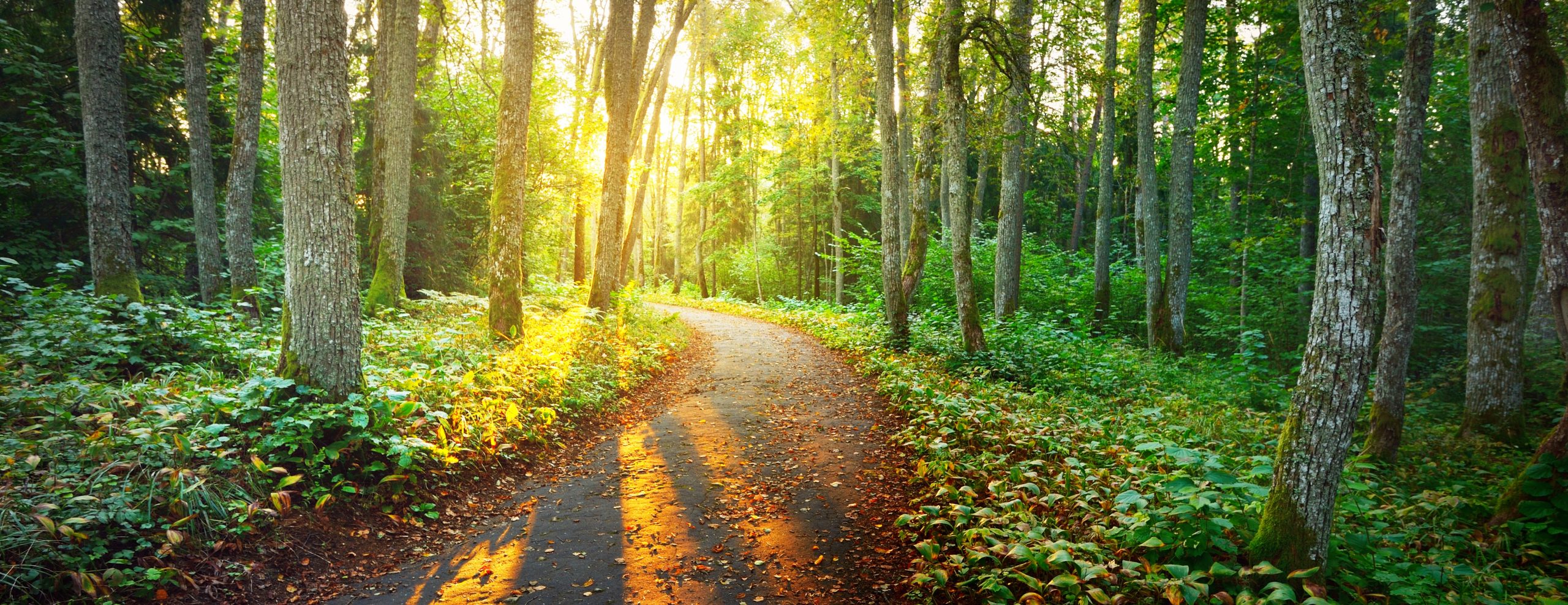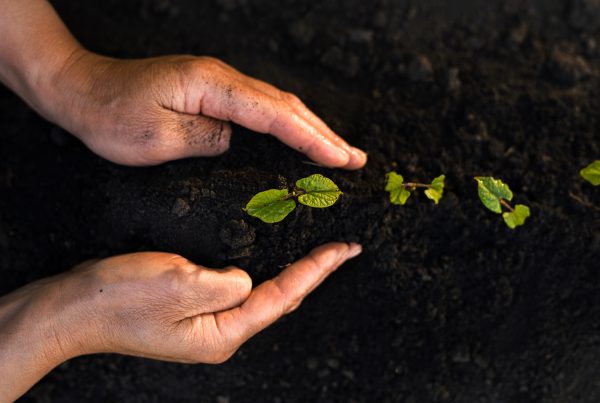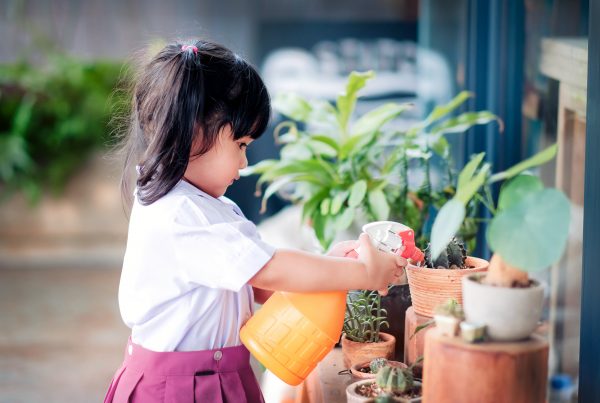There’s no doubt about it; the bioplastic market is flourishing.
With growing general awareness of the impact of our actions and choices on the environment, businesses are now seeking out more eco-friendly products to incorporate into everyday operations.
This shift is driving huge growth and diversity in the plant-based product space. In fact, the global bioplastic market is projected to reach over USD $23 billion by 2026 and will undoubtedly continue to expand. With enticing economic and ecological benefits, it’s little wonder savvy business owners are embedding the use of bio-based bags, packaging and mail satchels into their supply chains.
While bioplastic production is currently dwarfed by plastic manufacturing, the move toward a more sustainable solution is undeniable.
So, if you’re just starting your bioplastic journey or have a few burning questions, we’ve got the answers you’re searching for.
What is bioplastic?
Let’s start with the basics. Bioplastic is the common name for a material that is plant-based and biodegradable. The term often refers to something that is an earth-friendly replacement for traditional plastics.
What is the purpose of bioplastic?
Bioplastics have an ambitious goal: to be a planet-friendly alternative to plastic. Switching to bioplastic products will help stem the production and use of traditional plastic and reduce the use of fossil fuel resources. Where plastic lasts for hundreds of years before degrading, bioplastics are designed to decompose quickly and harmlessly.
What is bioplastic made of?
Unlike traditional plastics, which are made from petroleum, bioplastic is made from a plant-based, biological material. It is often made wholly or partly from renewable crops, such as sugarcane, corn, or tapioca (Because We Care’s products are made from corn starch or tapioca resin).
What is bioplastic used for?
Product development is driven largely by consumer demand for more sustainable options. Initially a replacement for single-use items, bioplastic was used for shipment packaging, compostable bags, food containers and cutlery. It is quickly becoming more popular and expanding into mainstream use. There are now bioplastic alternatives to most commonly used plastic items, including shopping bags, mail satchels and biodegradable gloves.
What are the benefits of bioplastic?
Bioplastics help divert organic waste from landfill. Being plant-based, it is far less toxic for the environment, has a fast decomposition time and returns to the earth quickly after use without leaving toxic residue behind. As it’s made from plants, there’s no net increase in carbon dioxide when it breaks down. The evolution of bioplastics represents a significant step toward a more sustainable way of life.
How quickly do bioplastics decompose?
Given the right composting conditions, bioplastic products can degrade in 90 – 120 days. This is a far better option for the environment than traditional plastics, which take hundreds of years to break down, and even then, they leave toxic particles behind.
What are the problems with bioplastic?
Bioplastics are produced and used with good intentions. The issue comes when these plant-based items are disposed of incorrectly. If they end up in landfills instead of the compost, the bioplastic items will not have the right environmental conditions to decompose as designed and can release harmful gases. Likewise, if bioplastics are thrown away with recyclables, they may contaminate and impact the recycling process. For these reasons, it’s important that bioplastic use goes hand in hand with proper disposal and composting options.
Who uses bioplastics?
Encouragingly, bioplastic is being used more and more by businesses of all sizes. Switching to bioplastic products over plastic reduces their carbon footprint and establishes a more future-focused supply chain.
If you have more questions, head over to our FAQ page or check out the wide range of bioplastic products on the Because We Care website.




